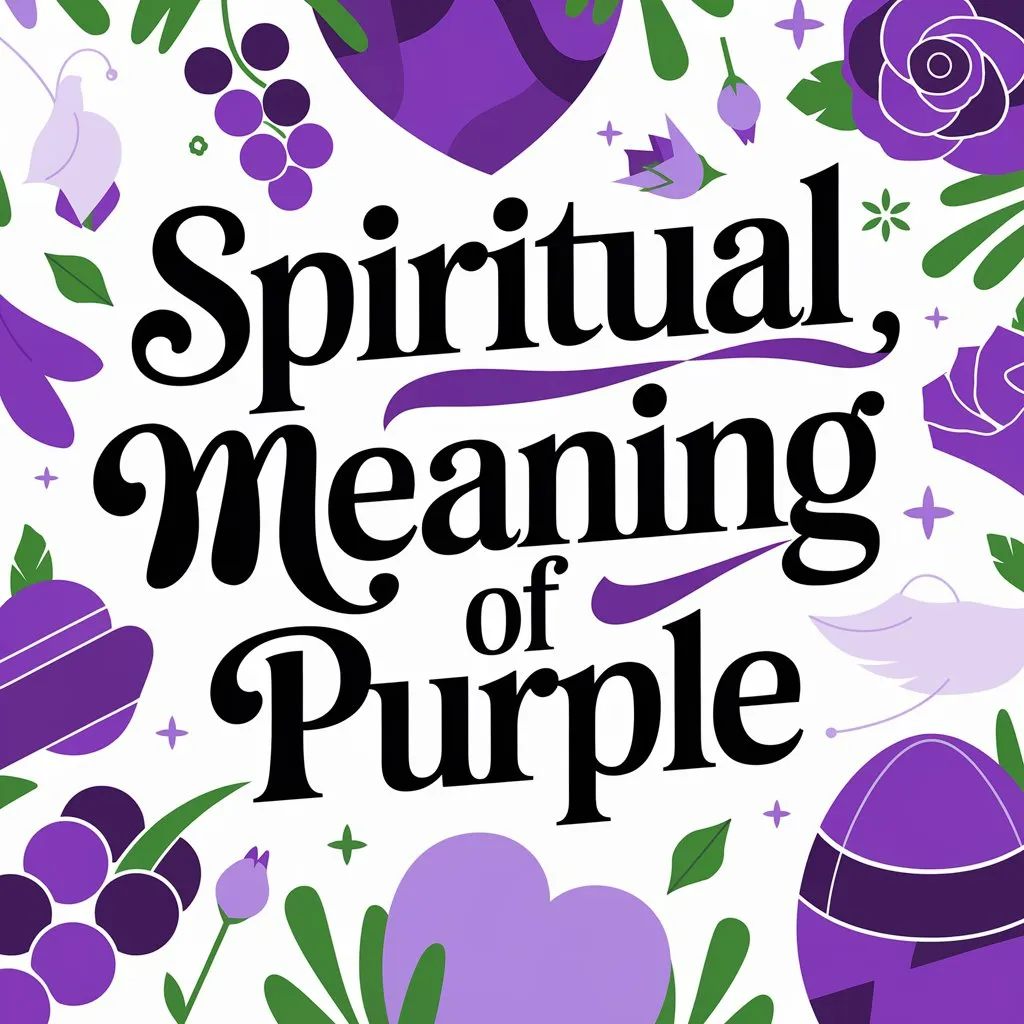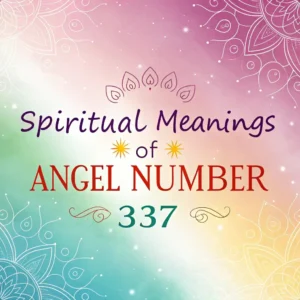Purple is a color that holds deep symbolic significance in the Bible, representing concepts like royalty, wealth, and divine authority.
This rich hue appears numerous times throughout Scripture, carrying important spiritual meanings. Let’s explore the biblical symbolism of purple and its relevance for believers today.
Key Takeaways
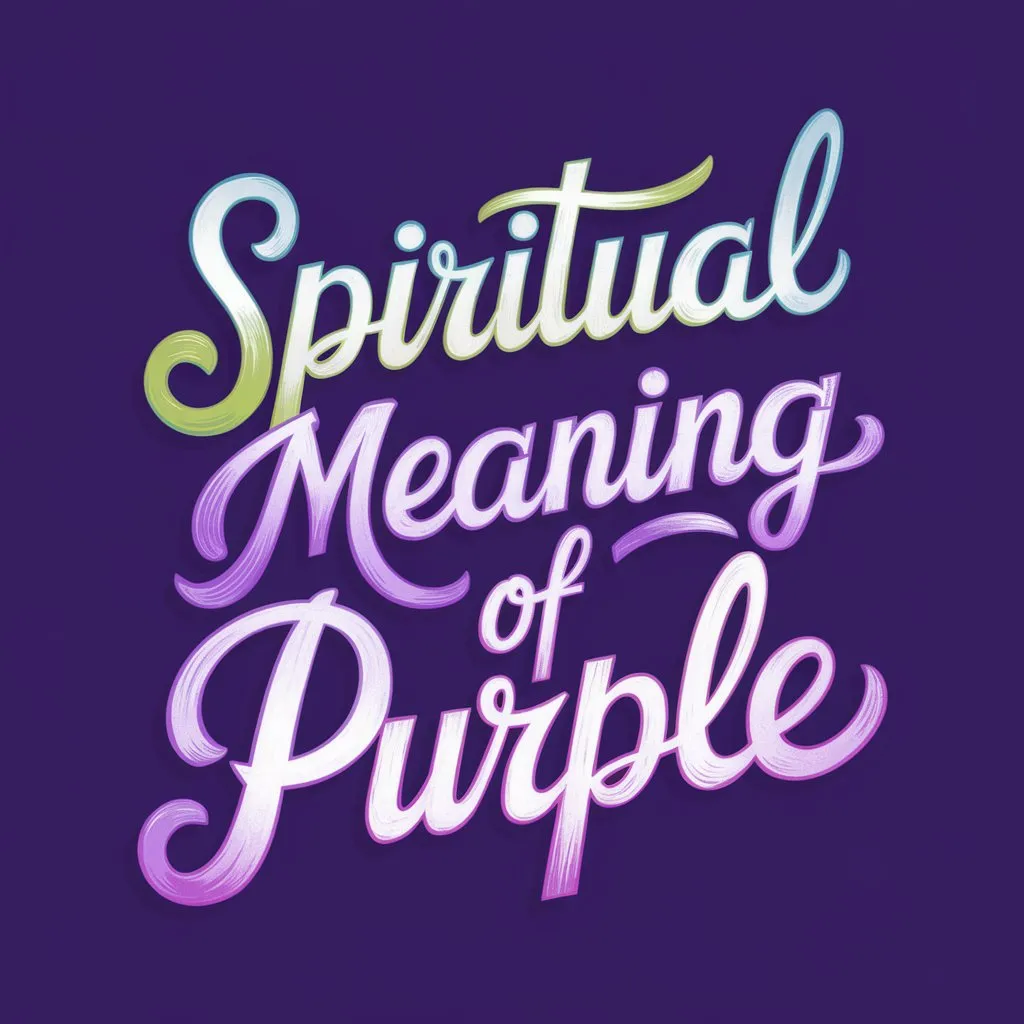
- Purple appears 48 times in Scripture, with 39 mentions in the Old Testament and 9 in the New Testament
- It primarily symbolizes royalty, nobility, and spiritual authority
- The rarity and expense of purple dye in ancient times made it a symbol of wealth and luxury
- Purple represents the connection between earthly and divine power
- In the New Testament, purple takes on additional meaning related to Christ’s sacrifice and early church leadership
- The color combines red (Christ’s blood) and blue (heaven), representing Jesus’ dual nature as human and divine
The profound symbolism of purple in the Bible extends beyond mere aesthetics. Its rich hue carries deep spiritual significance, reflecting the interplay between divine and earthly realms.
As we delve deeper into the biblical passages featuring purple, we’ll uncover layers of meaning that can enrich our understanding of God’s word and His plan for humanity.
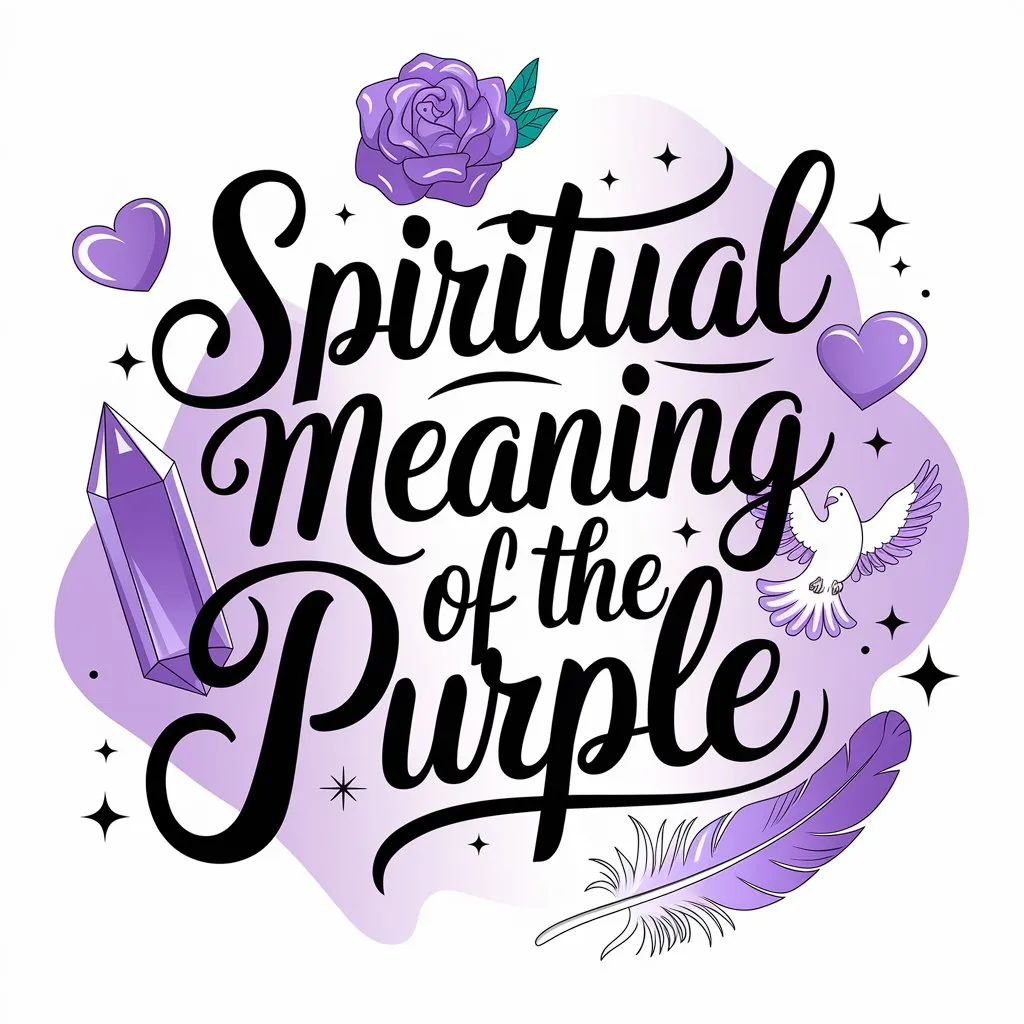
The Royal Symbolism of Purple in the Old Testament
In the Old Testament, purple is closely associated with kingship and noble status. This stems from the extreme rarity and high cost of purple dye in ancient times.
Producing even a small amount of purple dye required thousands of mollusks, making purple garments incredibly expensive and typically reserved only for royalty and the extremely wealthy.
The scarcity of purple in ancient times contributed significantly to its symbolic power. The process of creating purple dye was labor-intensive and costly, requiring the extraction of a tiny amount of dye from thousands of sea snails.
This arduous production made purple a natural choice to represent the exclusivity and power of royalty. The color’s rarity mirrored the unique status of kings and priests, setting them apart from common people.
We see this royal symbolism in several key passages:
- In Judges 8:26, purple garments are listed among the spoils of war taken from enemy kings
- Esther 8:15 describes how King Xerxes honored Mordecai by clothing him in royal purple
- God instructs that the high priest’s ephod and breastpiece be made with purple yarn (Exodus 28:5-6,15), signifying his divinely appointed role
Purple also features prominently in the construction of the Tabernacle, with God specifically instructing Moses to use “blue, purple and scarlet yarn” for the curtains (Exodus 26:1).
This divine specification highlights the sacred nature of purple and its association with God’s presence.

New Testament Meanings of Purple
While the royal connotations of purple remain in the New Testament, we see additional layers of meaning emerge:
The transition of purple’s symbolism from the Old to New Testament reflects the broader shift in spiritual understanding brought by Christ’s coming.
While maintaining its royal associations, purple takes on new dimensions of meaning, particularly in relation to Jesus’ mission and the establishment of the early church.
Symbol of Christ’s Kingship
Purple takes on special significance in relation to Jesus Christ, particularly during his crucifixion.
Roman soldiers mockingly dressed Jesus in a purple robe (Mark 15:17-20), unwittingly highlighting his true status as King of Kings.
This poignant scene illustrates how earthly and divine concepts of kingship can clash.
Early Church Leadership
The early Christian church maintained purple’s association with spiritual authority. Church leaders often wore purple vestments to signify their role in spiritual leadership, echoing the Old Testament tradition of priests wearing purple.
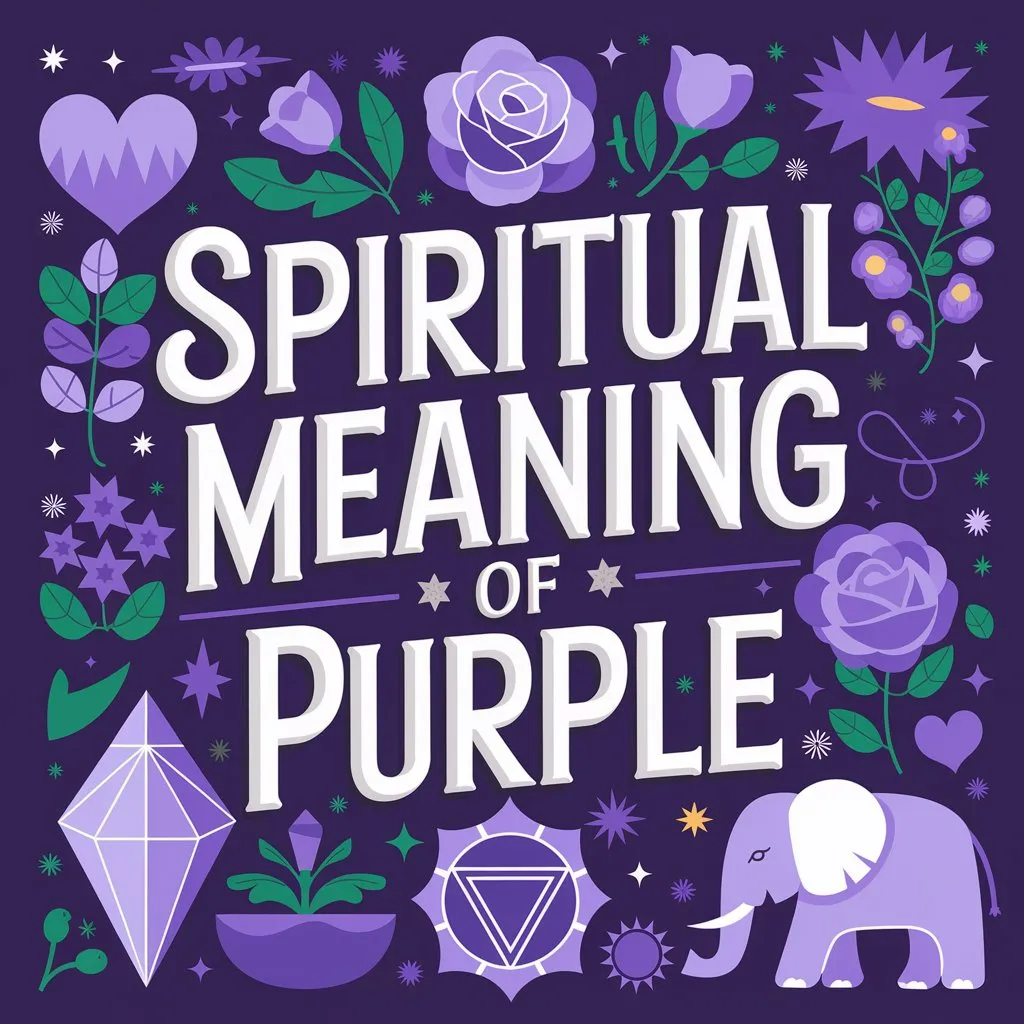
Wealth and Corruption
In Revelation, we see purple used to symbolize earthly excess and corruption. The woman riding the beast is described as “dressed in purple and scarlet” (Revelation 17:4), representing the decadence of worldly powers opposed to God.
The dual nature of purple’s symbolism in the New Testament presents a fascinating contrast. On one hand, it represents Christ’s true kingship and the authority of church leaders.
On the other, it serves as a warning against the corrupting influence of worldly wealth and power. This duality reminds believers to discern carefully between godly authority and worldly excess.
The Spiritual Significance of Purple for Believers
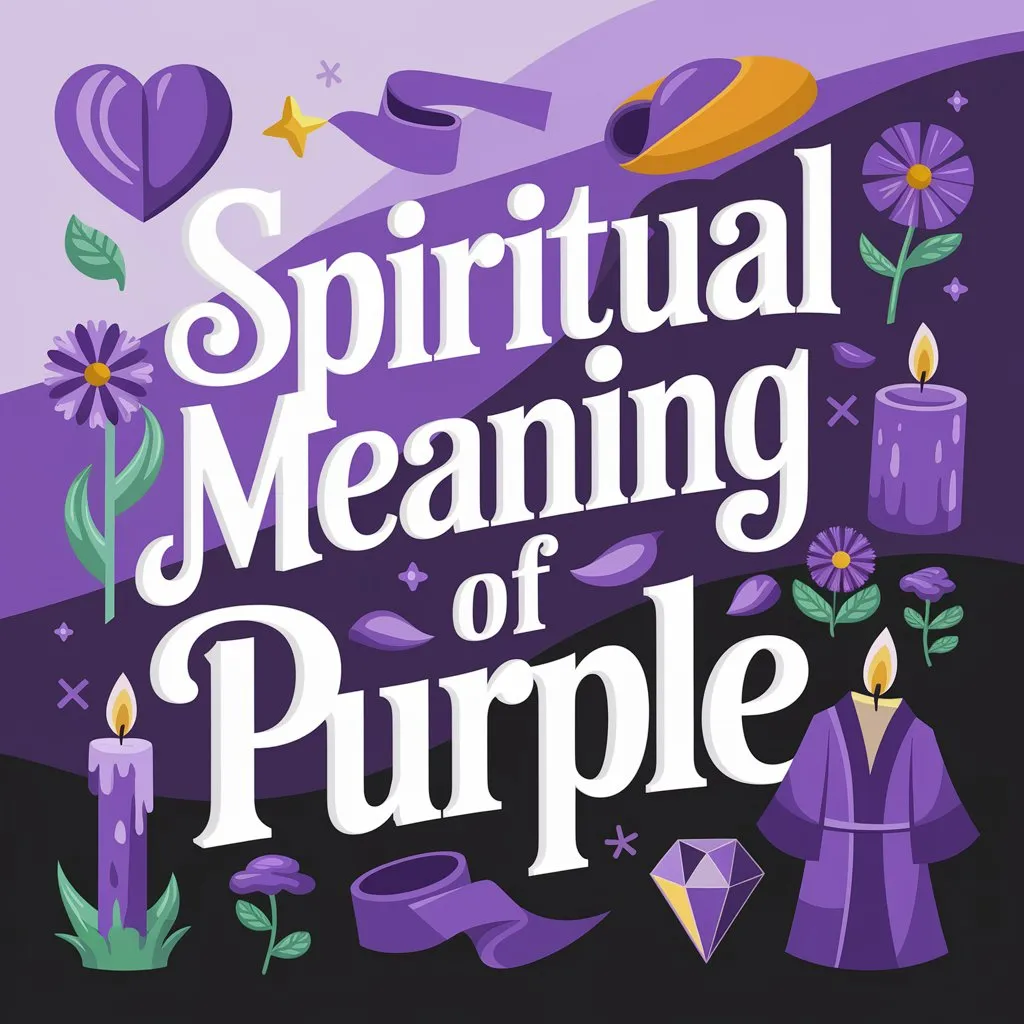
For Christians today, the biblical symbolism of purple offers several important reminders:
- Divine Authority: Purple reminds us of God’s ultimate sovereignty and Christ’s kingship over all creation.
- Spiritual Transformation: The color can represent our journey of growth in holiness and Christ-likeness.
- Humility in Leadership: While purple signifies authority, it should inspire servant leadership in the model of Christ.
- Heavenly Perspective: Purple’s blend of earthly red and heavenly blue encourages us to keep an eternal perspective.
- Discernment: The varied uses of purple in Scripture (both positive and negative) remind us to look beyond surface appearances and consider deeper spiritual realities.
The rich symbolism of purple in Scripture offers believers a powerful tool for spiritual reflection. By meditating on the various contexts in which purple appears in the Bible, Christians can gain deeper insights into their relationship with God, their role in the church, and their mission in the world.
The color serves as a visual reminder of our call to live as “royal priesthood” (1 Peter 2:9), balancing our earthly responsibilities with our heavenly citizenship.
Frequently Asked Questions
What does purple represent in biblical prophecy?
In prophetic visions, purple often signifies divine authority and the fulfillment of God’s plans. However, it can also represent earthly luxury and corruption that will face judgment.
Who wore purple in the Bible?
Notable figures who wore purple include:
- Jesus (during his mockery before crucifixion)
- Aaron and the High Priests
- Kings of Midian
- The Rich Man in Jesus’ parable (Luke 16:19)
- The Woman of Noble Character (Proverbs 31:22)
What is the significance of Lydia, the seller of purple?
Lydia, mentioned in Acts 16:14, was a successful businesswoman who sold purple cloth. Her conversion to Christianity highlights how faith can transform people of all social standings.
Conclusion
In conclusion, the spiritual meaning of purple in the Bible is multifaceted, representing royalty, divine authority, and the complex interplay between earthly and heavenly power.
By understanding this rich symbolism, believers can gain deeper insights into Scripture and their own spiritual journey.

Hello, I’m Zephyra, your guide at SpiritualityEssence.com. I’m passionate about uncovering life’s mysteries and sharing transformative insights. Let’s explore mindfulness, ancient rituals, and the path to a more awakened life together. Join me on this spiritual journey!

